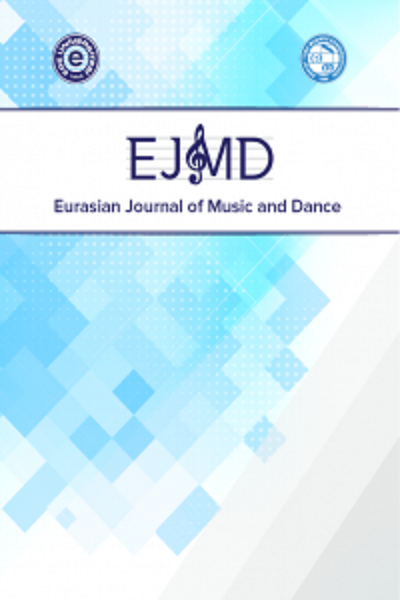
Aesthetical, Technical and Musical Analysis of Kaija Saariaho’s Laconisme De L’aile
Author: Zehra Ezgi KARA
Kaija Saariaho, one of the most influential composers of the twenty-first century, has an essential place in the flute literature, especially with regard to her works written for flute and electronics. When the stylistic features in Saariaho’s flute works are examined, it can be seen that she enriches the natural sound of the flute through the use of techniques such as trill, tremolo, glissando, multiphonics, microtonality, flutter tonguing, key clicks, and blends these effects with electronics. This research analyzes Saariaho’s Laconisme de l’aile (1982) for solo flute and electronics in terms of its aesthetic and musical aspects, the melodic and formal structure of the work, the use of electronics, and advanced techniques in the flute part. As a result of the analysis, it has been observed that the melodic structure of the work consists of the 12-tone scale that forms the PC set of the main motive and its inversion, retrograde, and retrograde inversions. Reflective symmetrical structures were used in the formal structure (ABAI ) and the sequence of intervals classes (IC). The sequential and intensive use of ascending scales, which metaphorically describe the rise of birds, is another prominent characteristic of the work. Through Laconisme de l’aile (1982), whose aesthetic, technical and musical analysis was made in this study, it is aimed to reveal the musical structures that reflect the characteristics of the composer, such as the composer’s aesthetic understanding, the timbral, melodic, and rhythmic elements in her works, and the use of electronics and advanced techniques. The aim is thus to better understand the stylistic features of the work and to contribute to the appreciation of students and scholars who work in the field of music education, instrument training and performance.